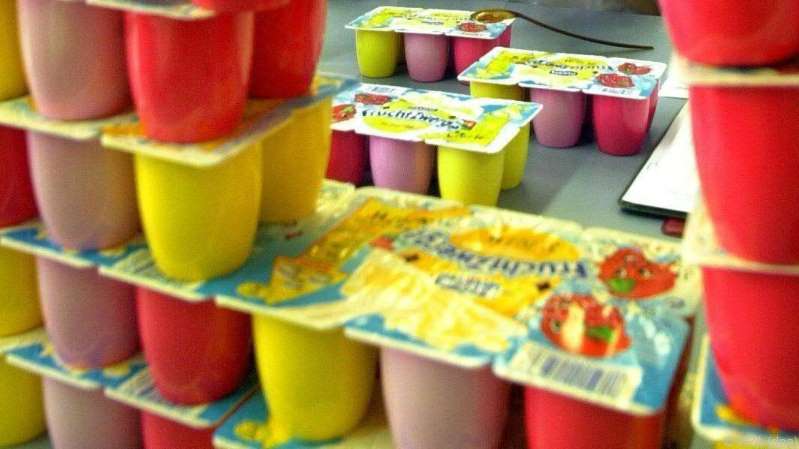Austrian companies are not allowed to use the grading system for food at all, but you can still see it in local supermarkets.

Not many will have noticed it yet, but even in Austrian supermarkets you will find a few foods with a Nutri-Score rating emblazoned on their packaging. Austria is not yet part of the project – and domestic manufacturers are not even allowed to print the corresponding label if they want to.
However, this is allowed for foods that are imported from countries in which the Nutri-Score is already in use, for example France or Germany. This is why you can already find such a rating on many products from the large corporations Nestlé or Danone.
Isn't that a competitive disadvantage for domestic companies? Katharina Koßdorff, managing director of the food division in the Chamber of Commerce, contradicts: “If that should be a problem at all, it will be a short-term one.”
The EU Commission has announced that it intends to introduce a uniform, Europe-wide regulation for the labeling of food as early as 2022. However, it is questionable whether this will be the Nutri-Score in its current form.
From batteries to keys
There are other models within Europe that follow a similar approach: For example, the NutrInform battery comes from Italy, which is supposed to show what percentage of the average daily requirement of fat, sugar, etc. a product contains. In Scandinavia, a keyhole system is used that shows which foods should “enter” the body. Neither of them is perfect – the Nutri-Score should most likely be.

